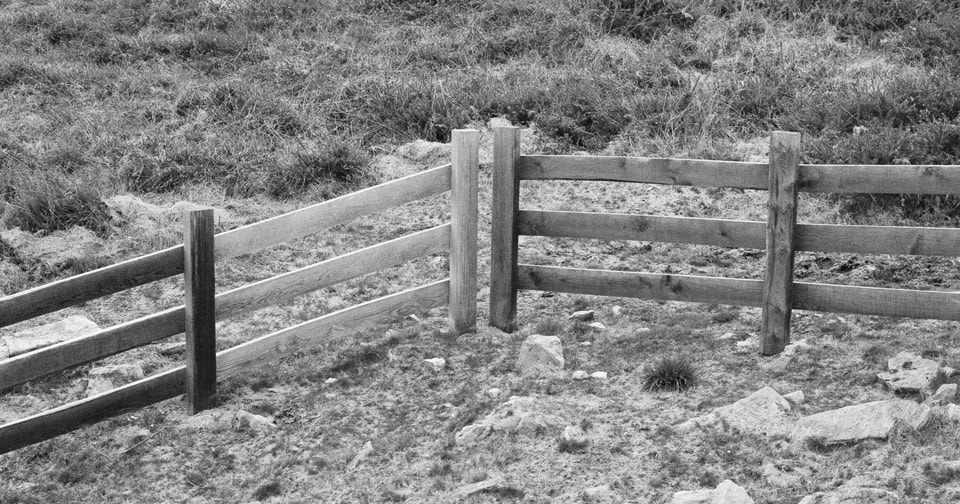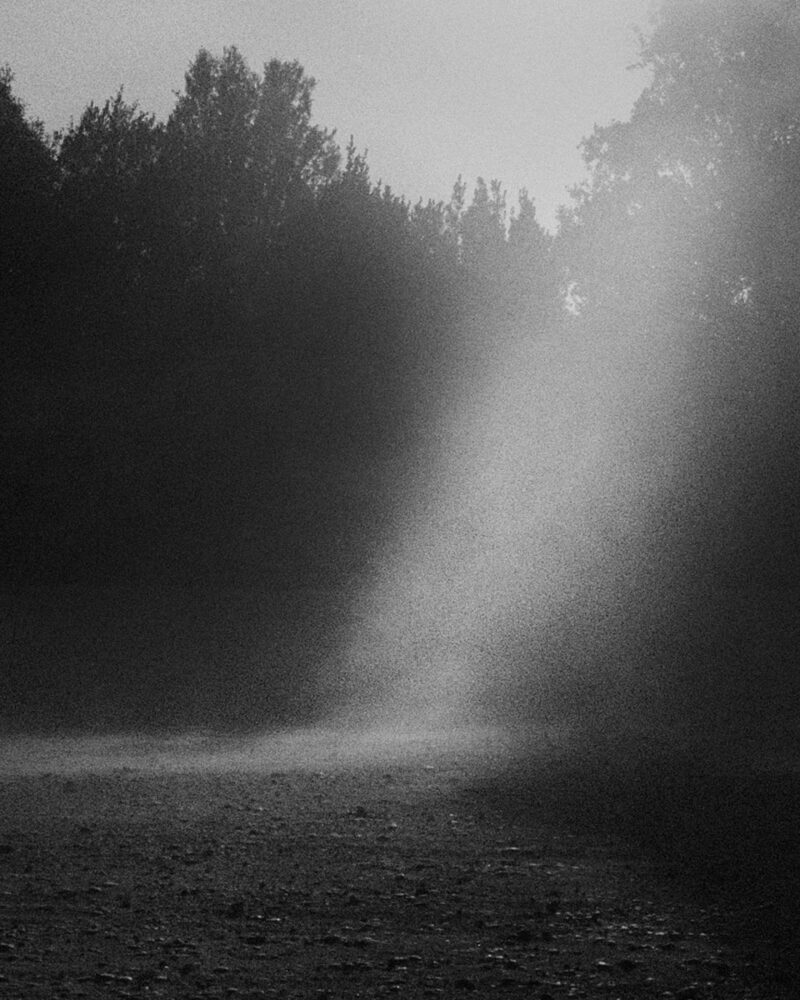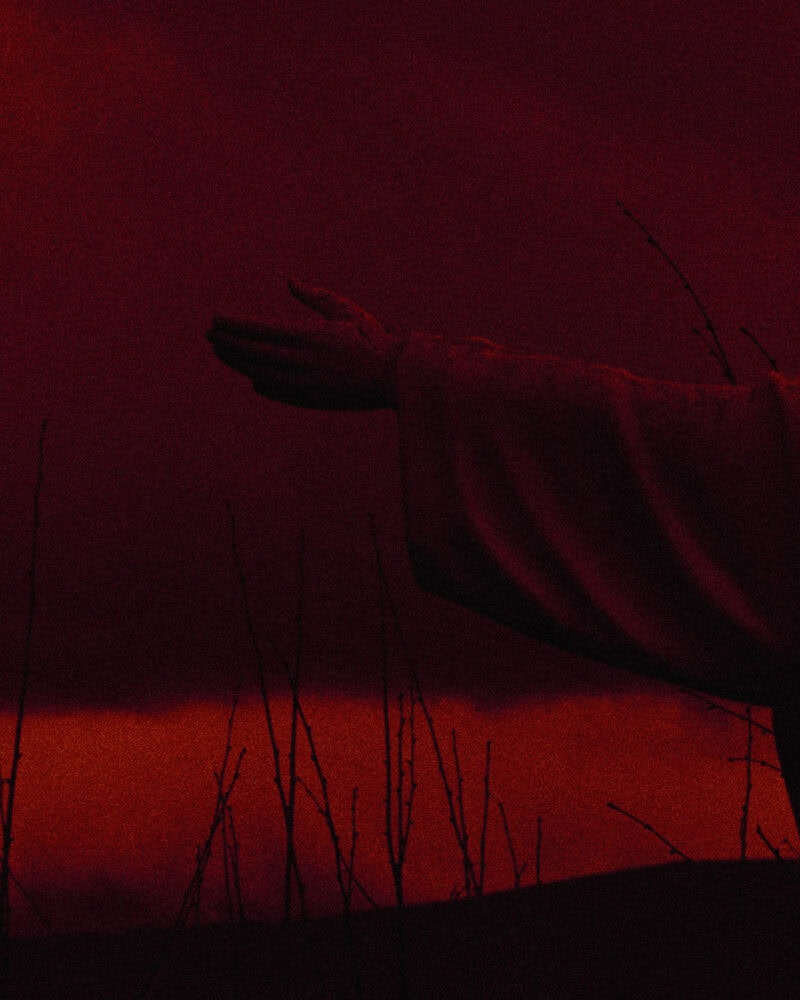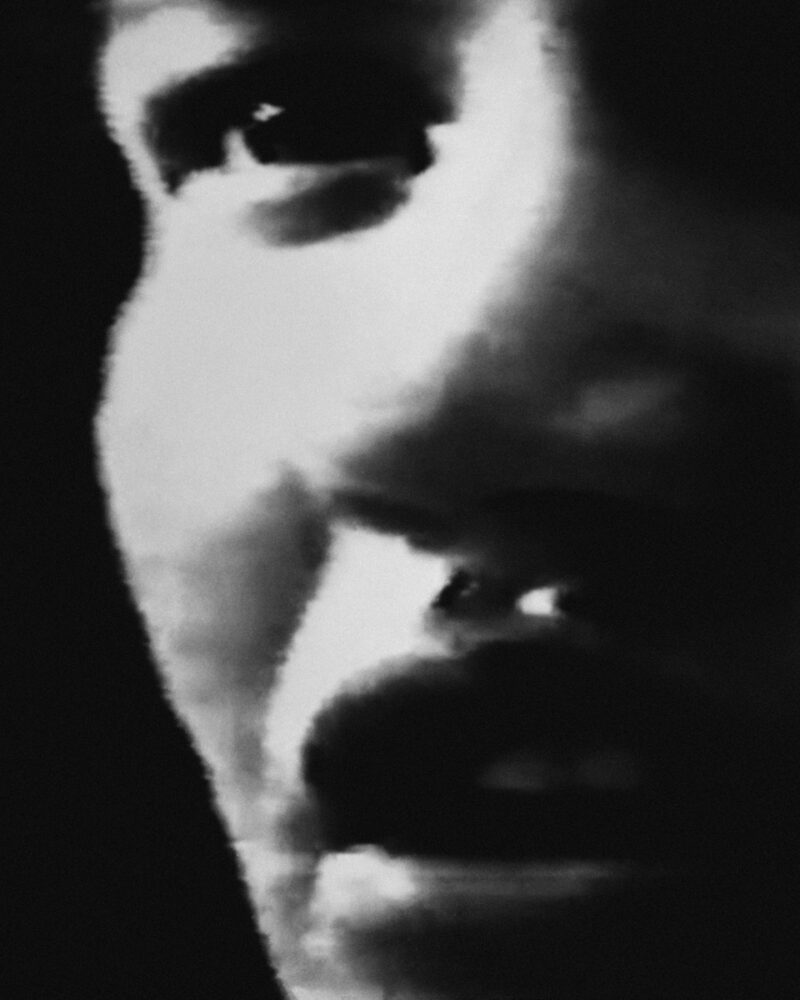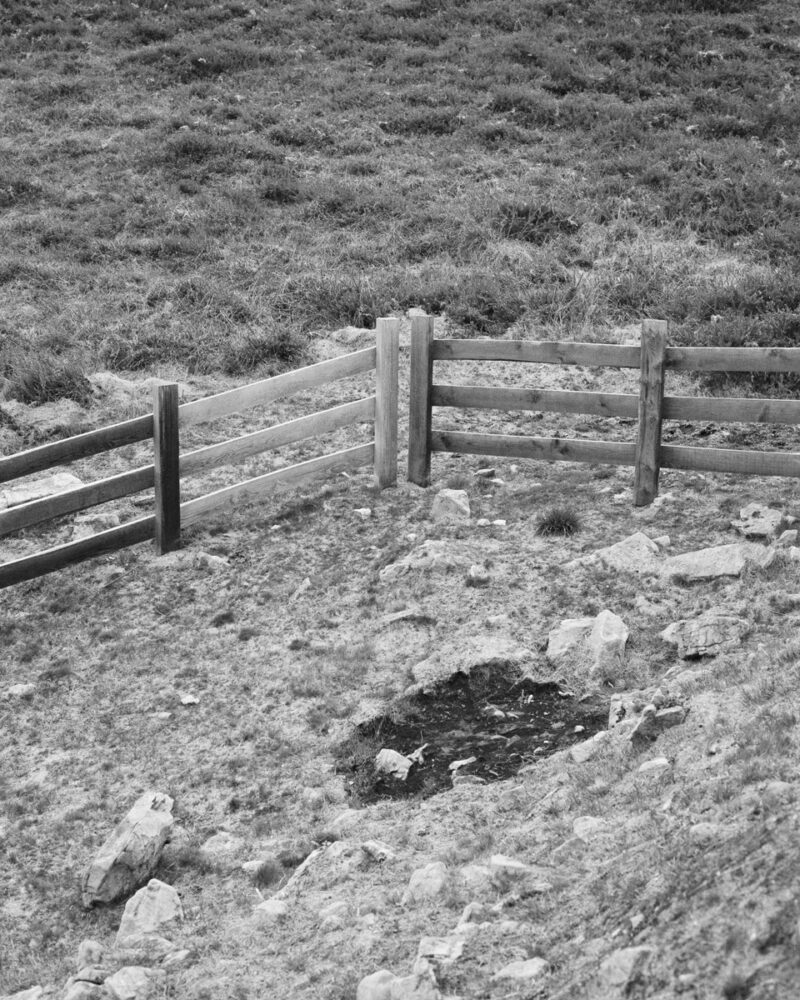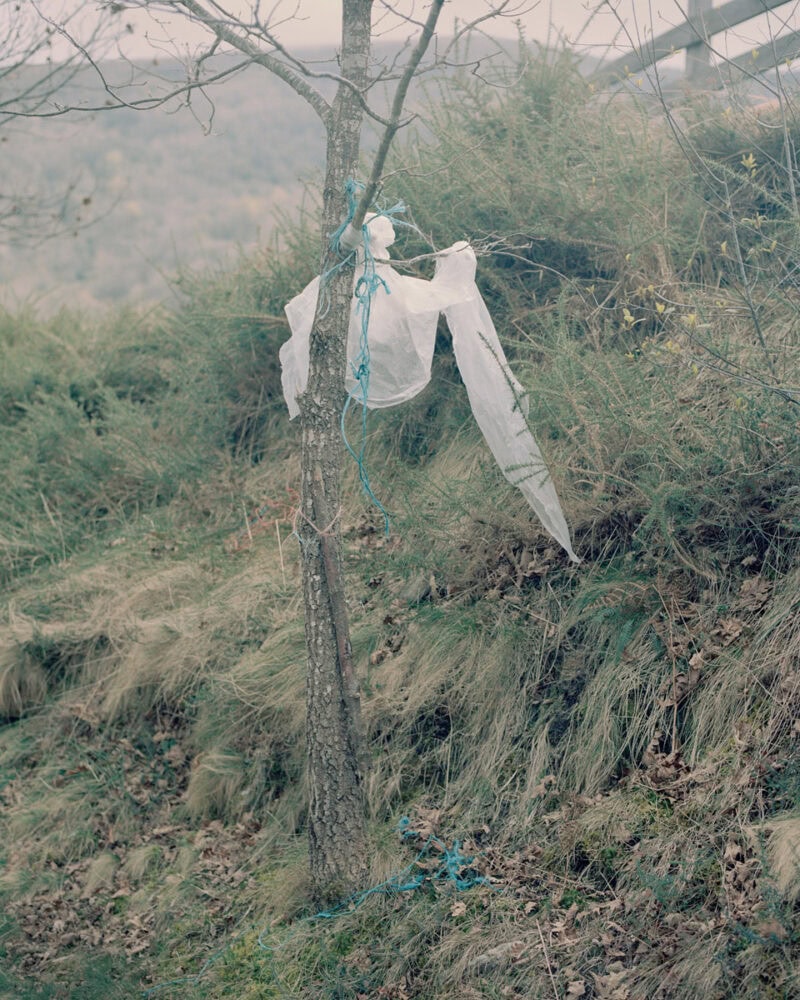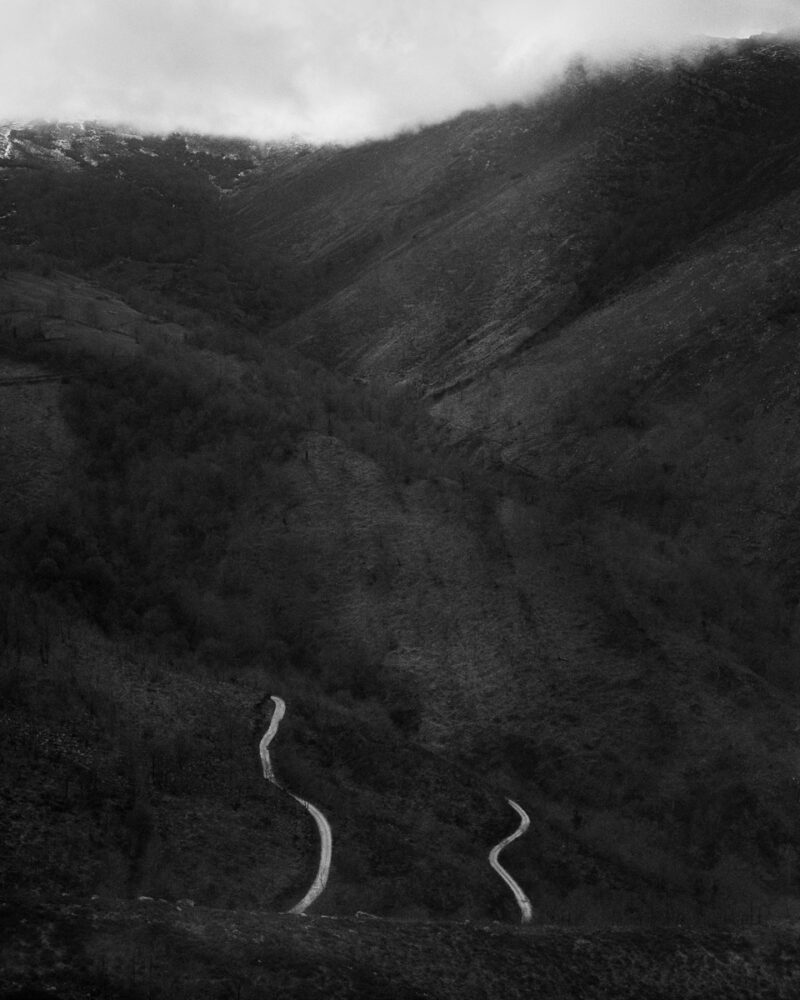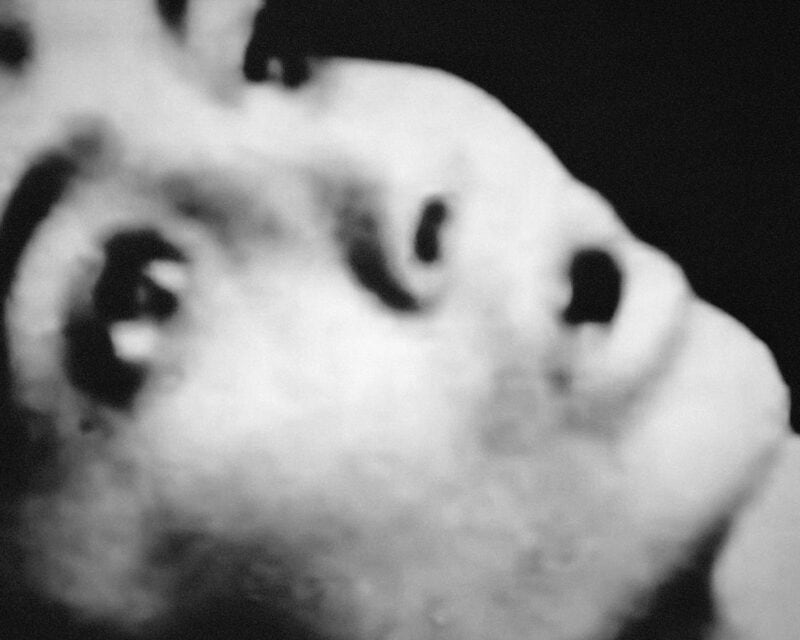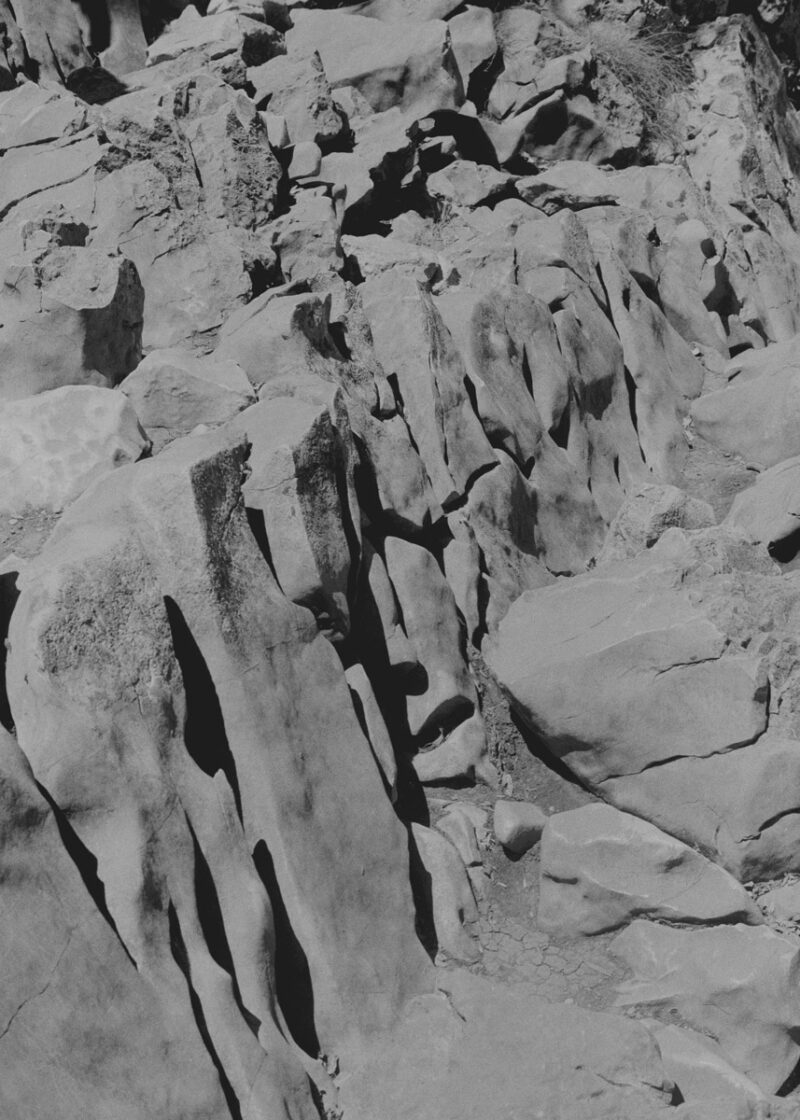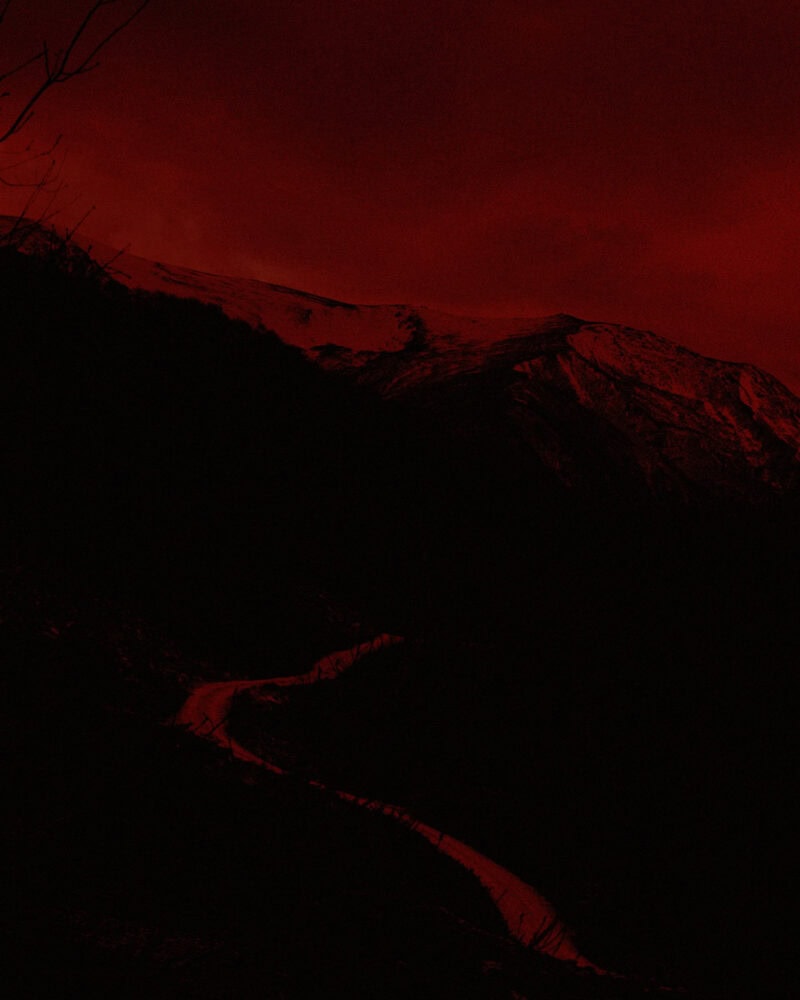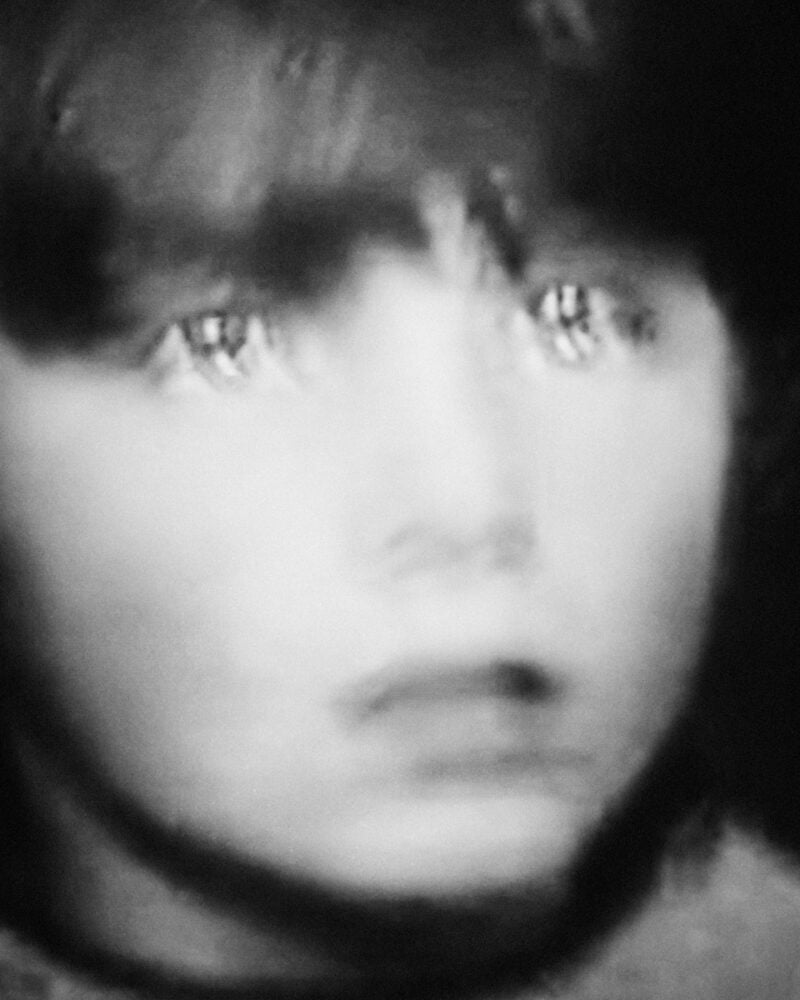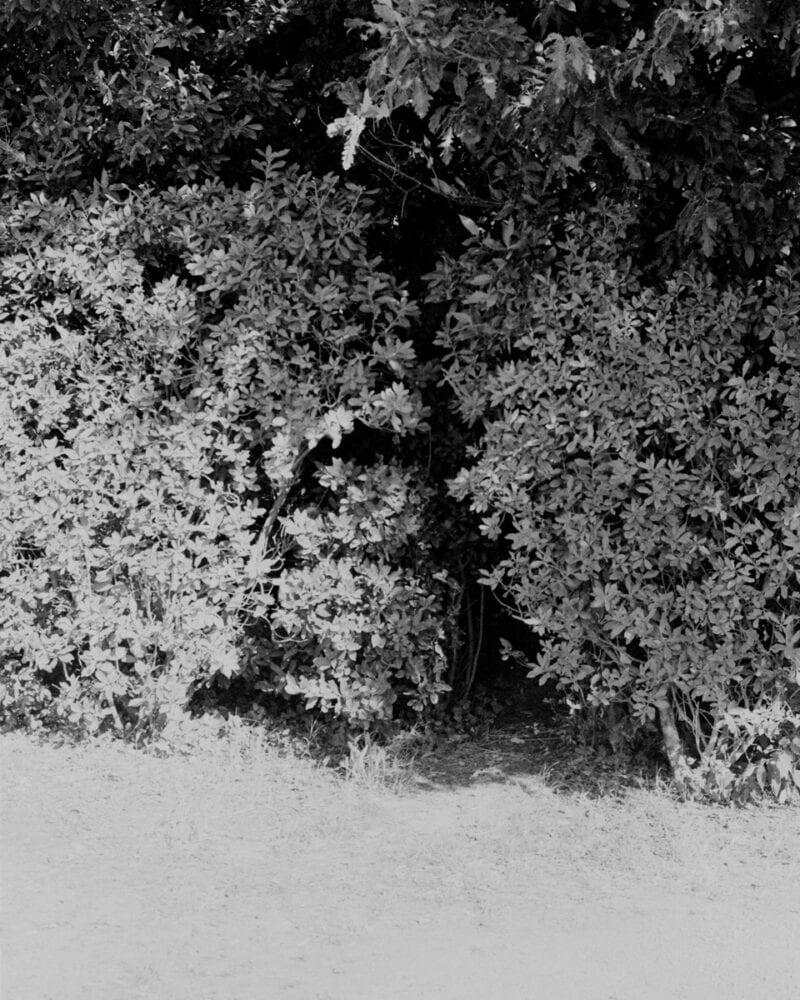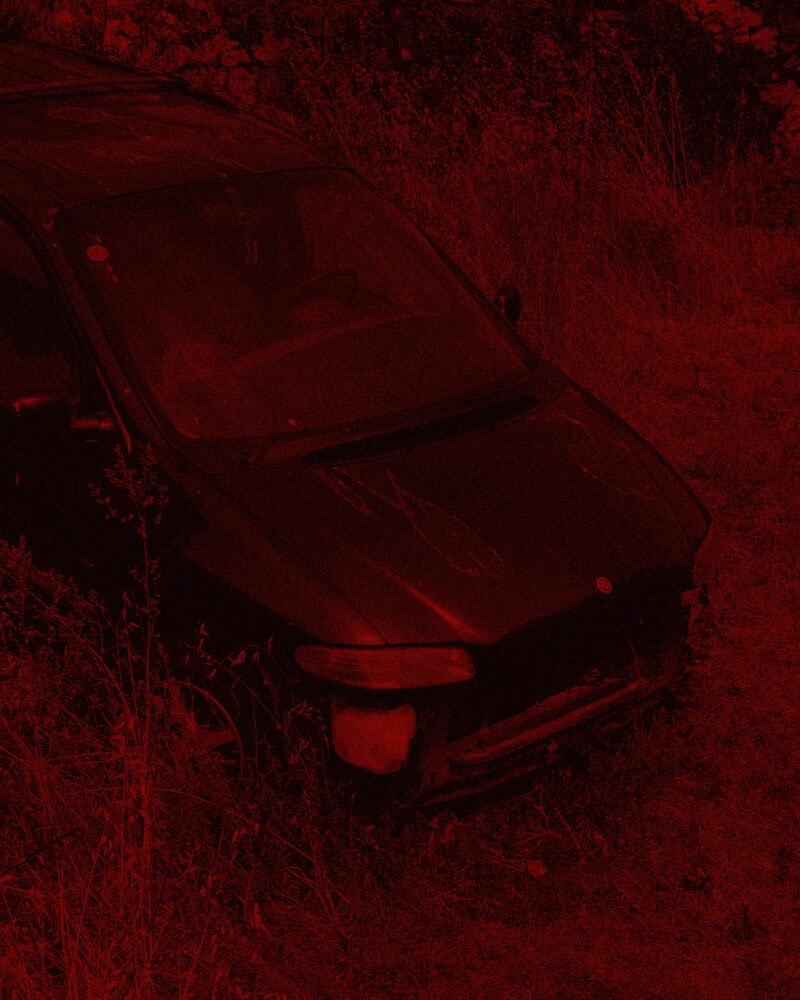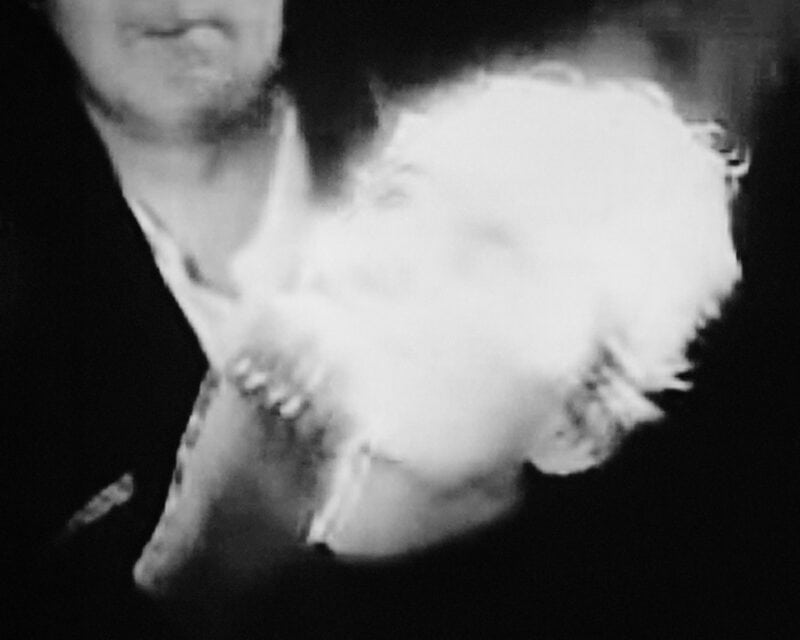Michael Swann is a photographic artist currently completing his MA at the University of the West of England (UWE Bristol). His work explores aspects of religious belief, mysticism and phenomenology. His main aim, through this approach, is to understand how photography can be used to communicate such themes.
Michael’s latest body of work, which is called “Noema” (2018-20), follows the search for the Virgin Mary’s presence in two locations in which she has reportedly been seen, and has been shortlisted for the BUP Book Award and the ShowOFF exhibition at Krakow Photomonth 2020.
About ‘Noema’ – words by Michael Swann:
In 1961, in the small Spanish village of San Sebastian de Garabandal, four young girls had an apparition of the Virgin Mary. They entered a state of ecstasy in which they became completely unaware of their surroundings and sensory perceptions. Reportedly, witnesses would pinch the girls, pierce their skin with needles, lift them up and drop them onto rough rocks, and yet they remained entranced. The light and presence of the Virgin is all they claim to have experienced.
Twenty years later, in the town of Medjugorje, Bosnia & Herzegovina, six children also had simultaneous visions of the Virgin, with similar ecstatic qualities. These visions have persisted for the last forty years, with several of the seers continuing to experience regular visitations today, often in the presence of hundreds of pilgrims.
“Noema” is a body of work that investigates the aura of place and religious experience by searching for signs of the Virgin Mary’s presence in these two locations. Alongside original photographs made at both sites, “Noema”also includes large-scale images that have been appropriated from video footage of the visionaries taken during their apparitions. These emphasize the impenetrability of the individual religious and phenomenological experience, and speaks of the separation between what is apparently being seen and what is photographable.
The German phenomenologist Edmund Husserl used the term ’noema’ to refer to the object of a perception as it forms within our consciousness; distinct from the act of perceiving and the real-world subject being perceived. To Husserl, even an apparition or hallucination contains a noema, as the seer experiences an object in their consciousness regardless of its existence in the real world. This series aims to create a collective noema of the Virgin Mary through the use of various signifiers associated with her and esoteric imagery made in the two locations.
